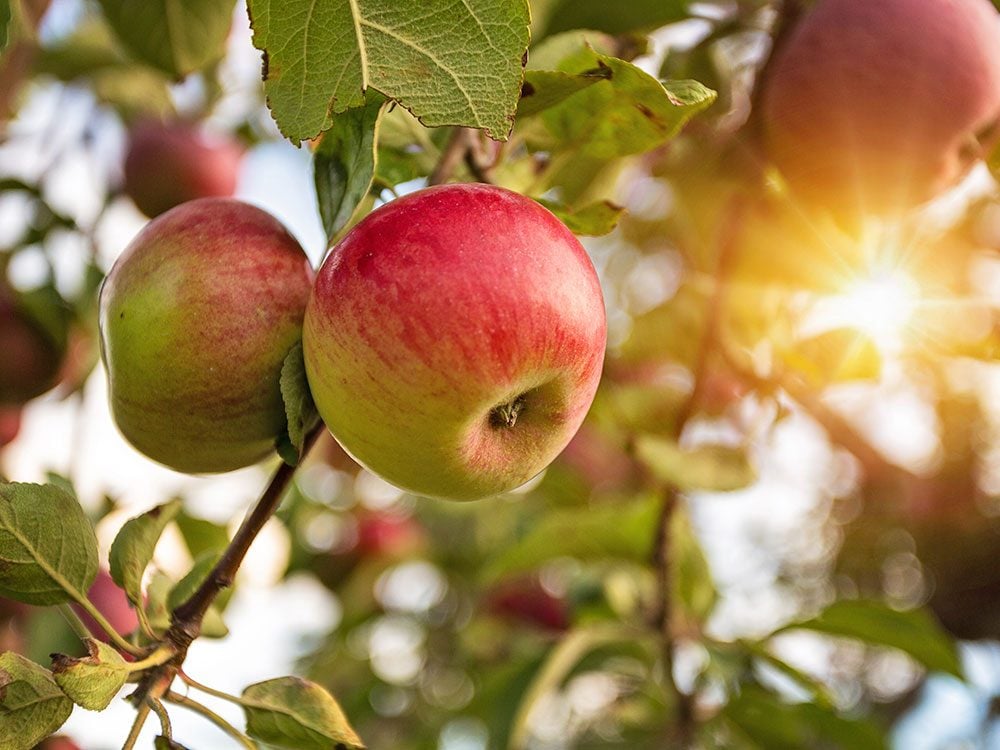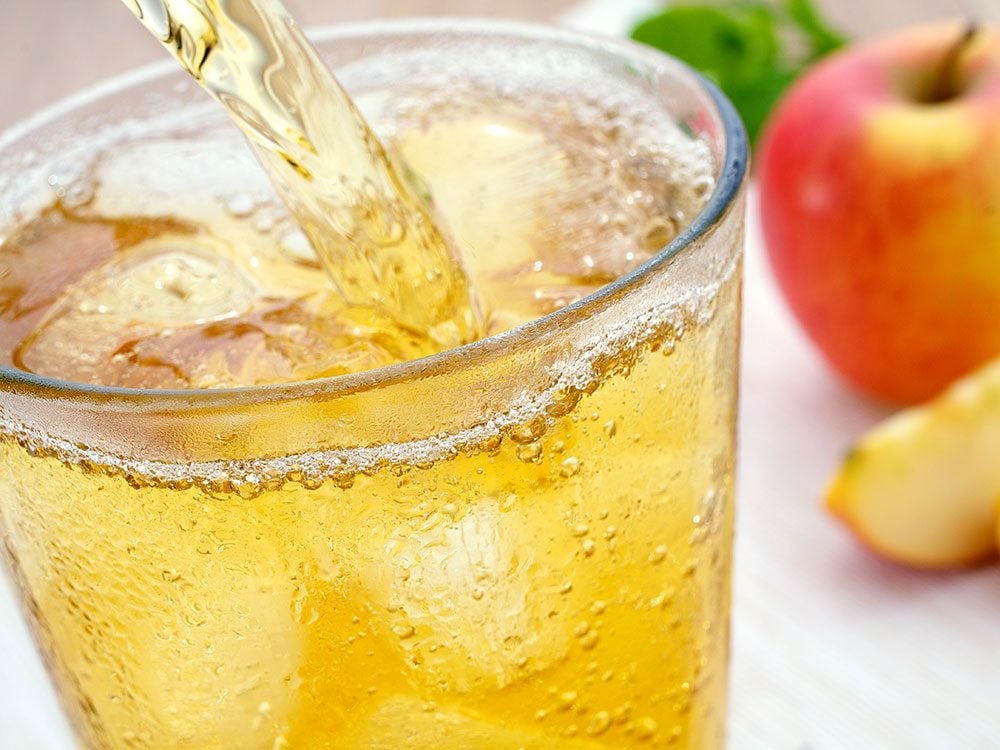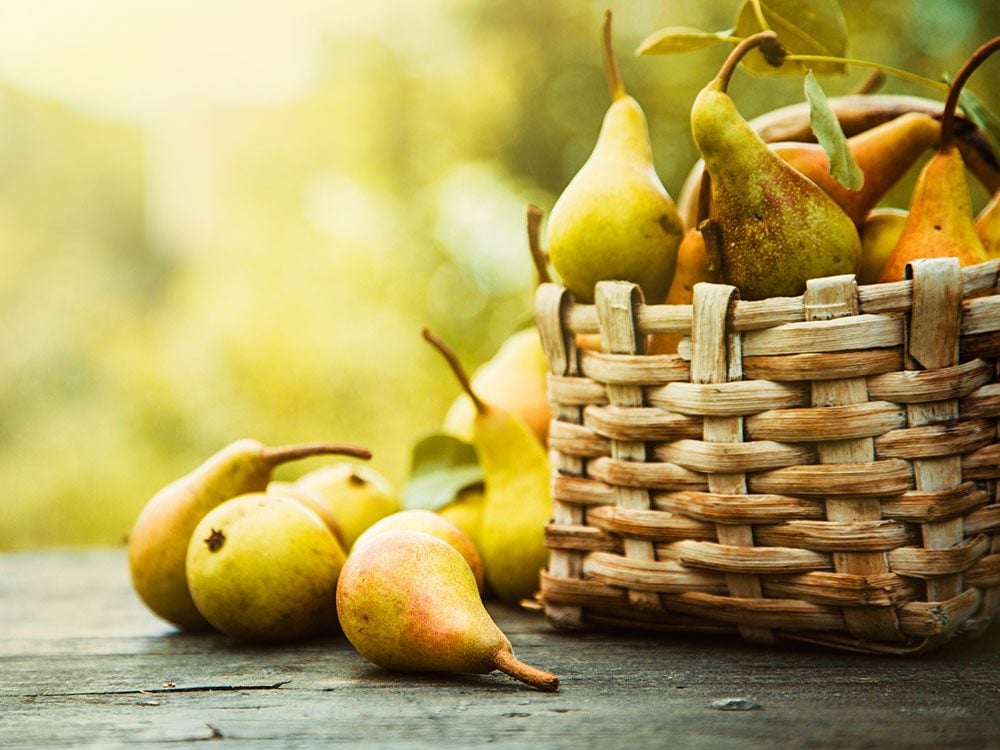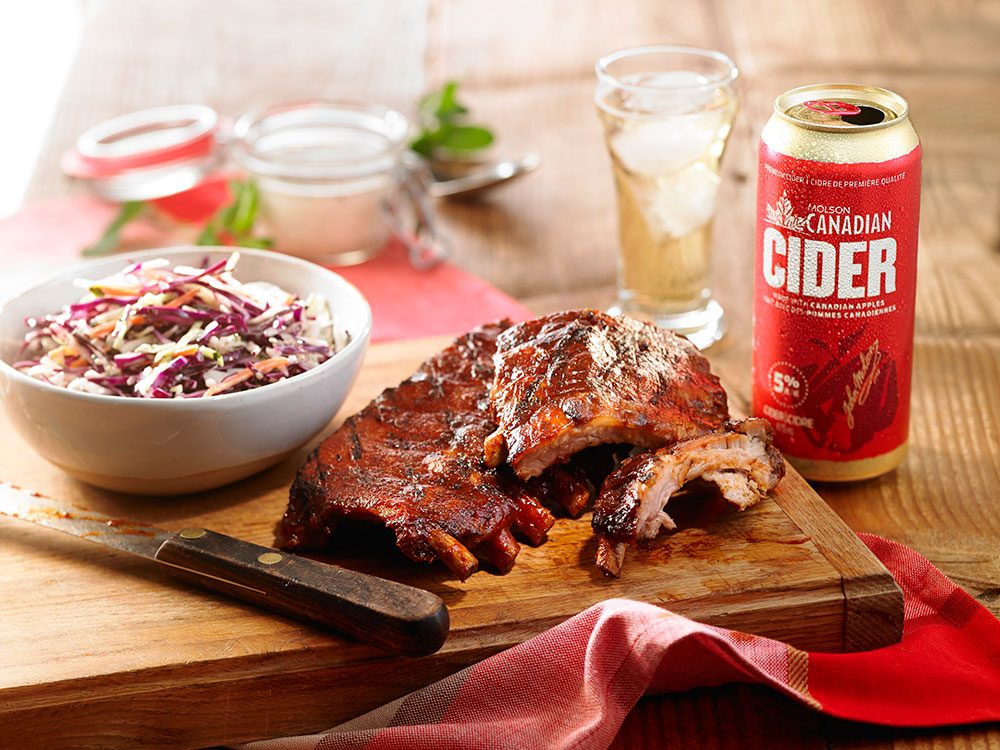
Cider was once the king of beers… Sort of.
Although hard cider—an alcoholic beverage made from the fermented juice of apples—has only recently come into its own on the Canadian market, farmers have been enjoying it for hundreds of years. Up until recently, in fact, it was beer that played second fiddle to cider, which was a far cheaper and more accessible option for farmers across Europe.
Brands like Strongbow and Magners have been around for decades, but it was specifically Strongbow British Dry Cider’s success on draught at U.K. pubs that paved cider’s route into the North American market. “It became an excellent alternative to beer,” says Chris Waldock, Director of Marketing at Molson Coors Canada. “If you didn’t like beer, you could have a pint of Strongbow and still enjoy a drink with your friends at the pub.”
Check out our roundup of the 10 Best Beer Cities in the World!

It’s all about the blend
Hundreds of years ago, the recipe for making cider was simple. Basically, a farmer would mash a tree’s worth of apples until something drinkable came out. Nowadays, there are highly specific blends of apples involved in the brewing of most leading ciders. Strongbow British Dry Cider, for example, is a blend of 50 different apple varieties. Magners, on the other hand, is made from 17 different varieties. It’s the blend of apple varieties that determines whether the cider is dry, sweet, mellow or tart.
Cider apples aren’t your garden variety Granny Smith or Red Delicious apples, however. Steve Stradiotto, Director of Alcoholic Beverage Innovation at Molson Coors Canada says that, on their own, many of the apple varieties used in cider production aren’t pleasant on the palate—or to the eye—but they do make excellent cider.

Cider has a unique place in the Canadian market
Cider is often perceived by consumers as a “natural” alternative to other sweet alcoholic beverages (think sugar-laden coolers and soda-infused brews). There’s some truth to that, as the apples generally don’t need much help from added ingredients or sweeteners. In fact, some ciders, like Toronto’s Brickworks Ciderhouse Queen Street 501 list only one ingredient: Apples.
In response to the ever-growing “locavore” movement, Brickworks Ciderhouse employs a “Seed to Cider” program where consumers can trace the origins of the apples used in that particular batch of cider by checking a code on their can against the company’s website. It’s a practice that allows the brand to boast that no apple travels more than 300 kilometres from the tree to the Ciderhouse.
Similarly, Molson only uses Canadian apples in its cider manufacture, relying heavily on orchards in British Columbia and Ontario in particular.
Check out these five brilliant beer hacks!

Cider is booming in Canada
Stradiotto says that cider is one of the fastest-growing—if not the fastest growing—segment of the alcohol industry. (Interestingly, he attributes much of that growth to the female market.)
According to Waldock, although cider consumption has increased in pubs and restaurants, it’s on the retail market that cider sales have seen “real acceleration.”
You can see proof of this simply by making a trip to your local liquor store. Where there was once only a handful of ciders available, there are now entire walls dedicated to craft ciders from all over Canada and the United States, in addition to the old classics from the U.K.
And there’s room for further growth, Waldock says. Recent data suggests that even now, just one in five Canadians have tried a hard cider, leaving it largely undiscovered by the majority of consumers.

Cider isn’t just about apples anymore
While much of the talk about cider centres on apples, they’re not the only fruit with potential.
The first variation, coming from the U.K. years ago, was a pear cider, something that’s technically called a “perry.” Since then, there have been plenty of other fruits that have been found to enhance the apple base of a cider. Molson, for instance, added white cranberry and stonefruit flavours to their cider lineup this past summer, while Strongbow has ventured into flavours like ginger and elderflower. And at the Rogers Centre in Toronto, Brickworks’ Stadium Island Peach has become a favourite for baseball fans at Toronto Blue Jays games.

Cider and meals can be a match made in heaven
Cider, with its many similarities to wine, naturally lends itself to food pairings—a fact that Stradiotto says is only starting to catch on in Canada.
“It’s always driven me crazy that wine has stolen the show when it comes to food and cheese pairings,” Stradiotto says. “When you’re entertaining, pairing beers and ciders with your courses really elevates the hospitality experience.”
A traditional apple cider, for instance, pairs well with pork and soft cheeses, while Stradiotto suggests that a perry might go well with a spinach salad with blue cheese and a pear vinaigrette. Stonefruit or peach, with their sweeter flavour profiles, would pair well with dessert, he says—perhaps a cobbler.
In addition to the natural flavour profiles of ciders and how they work with food, Stradiotto also says that the carbonation in ciders works to cleanse the palate between courses better than any wine could.